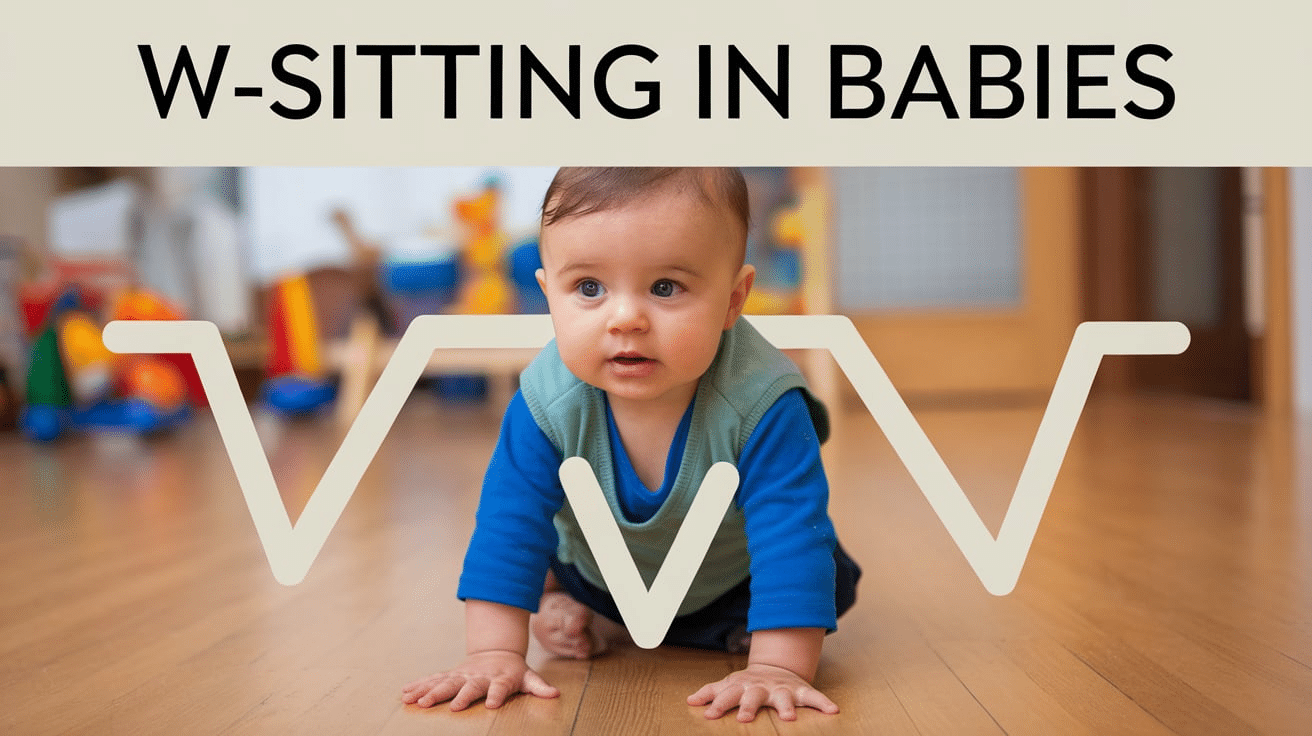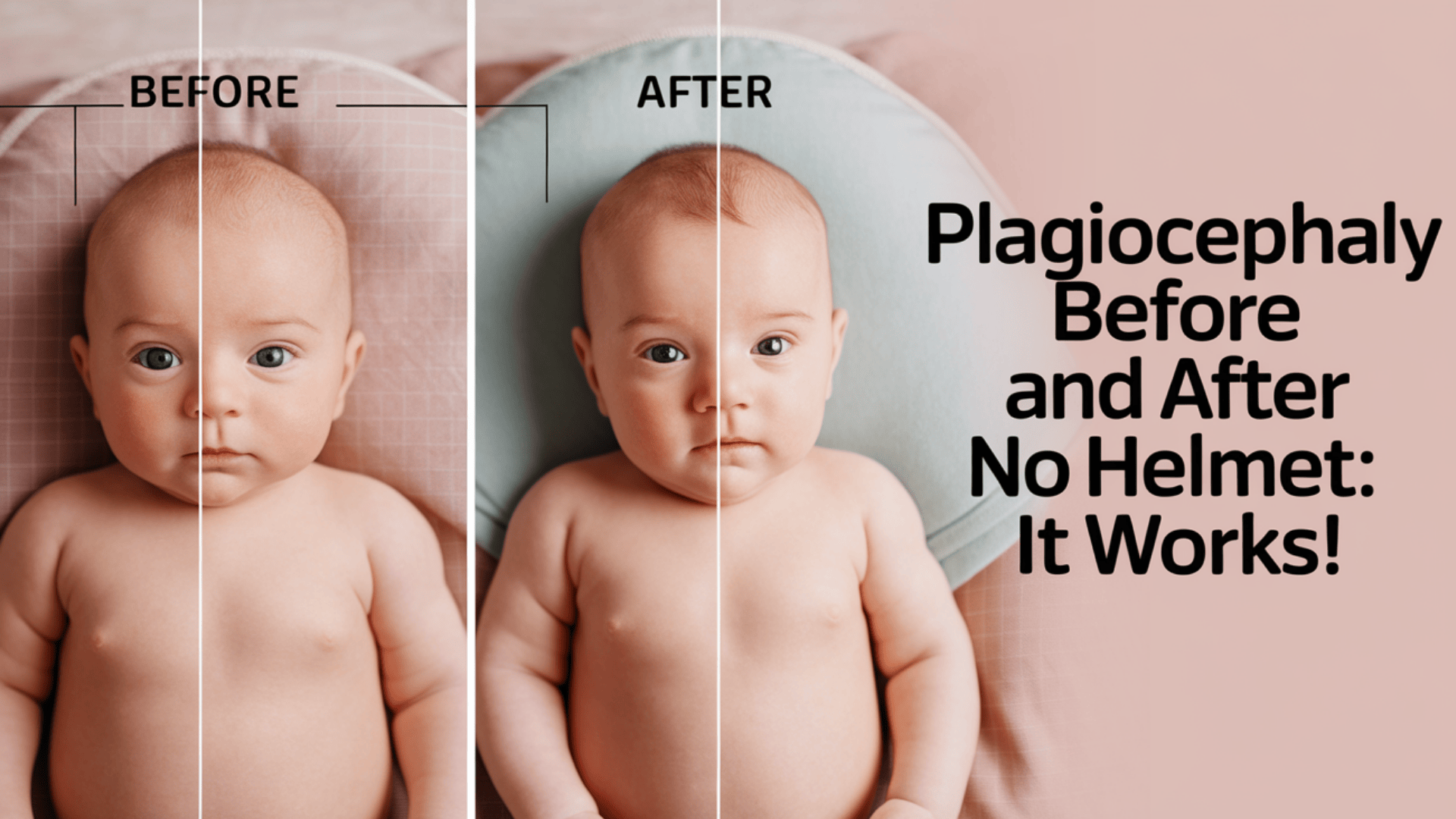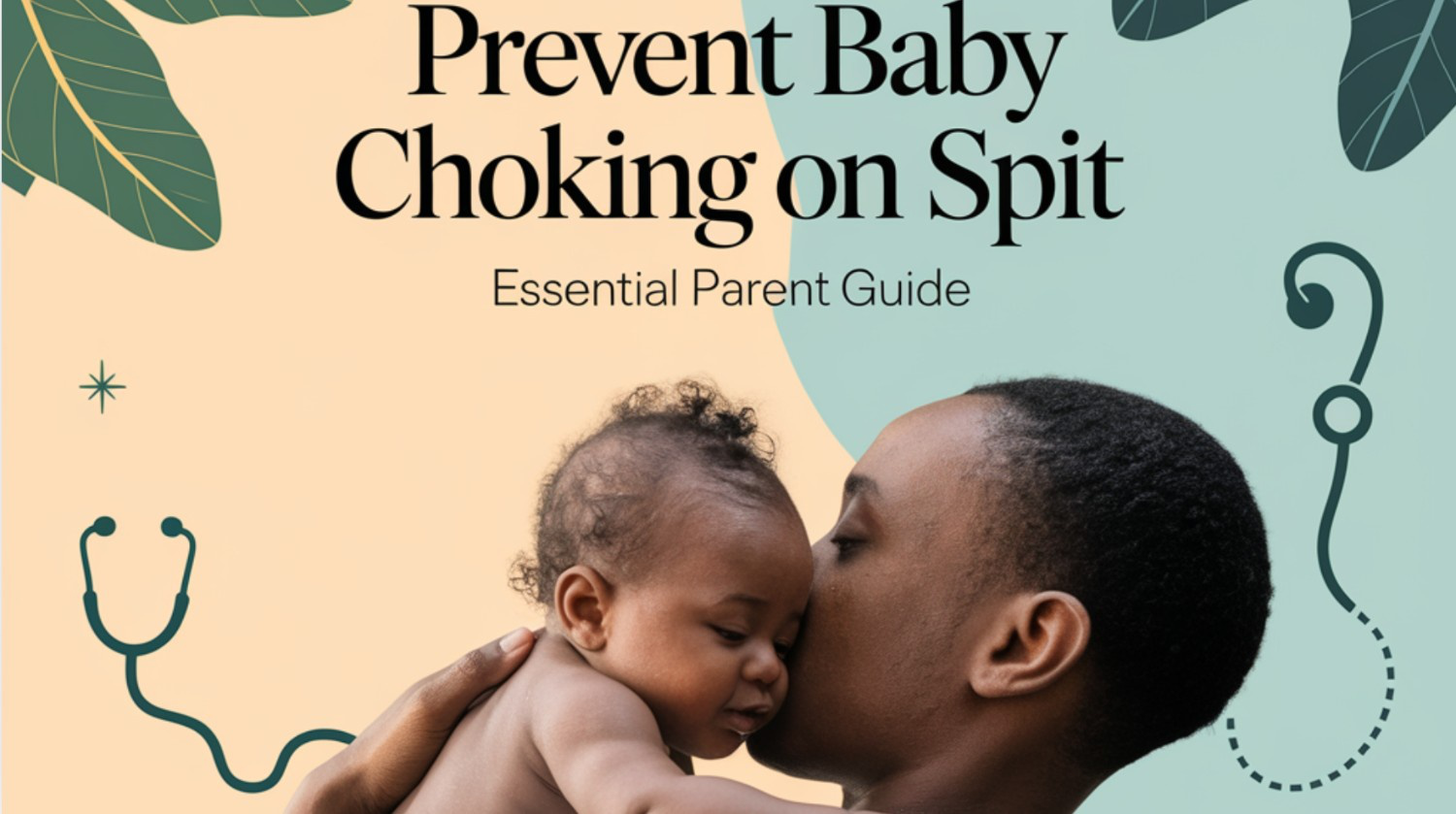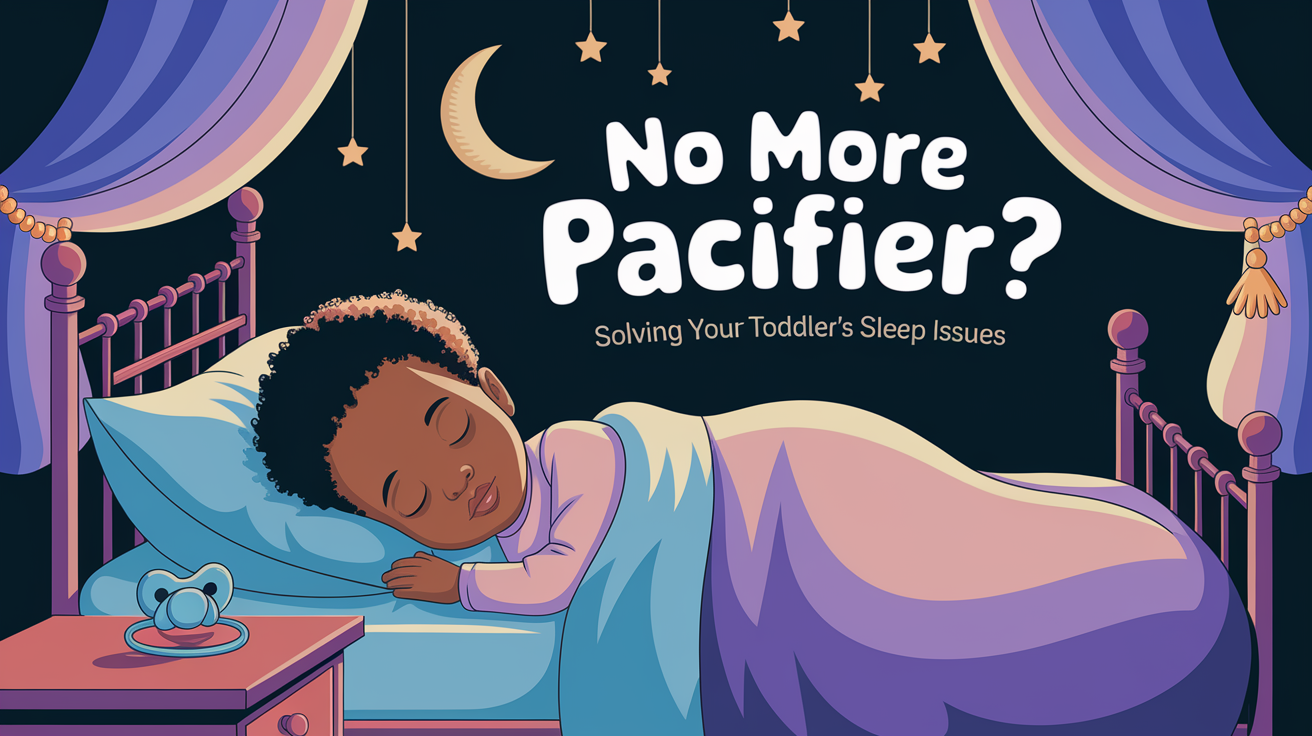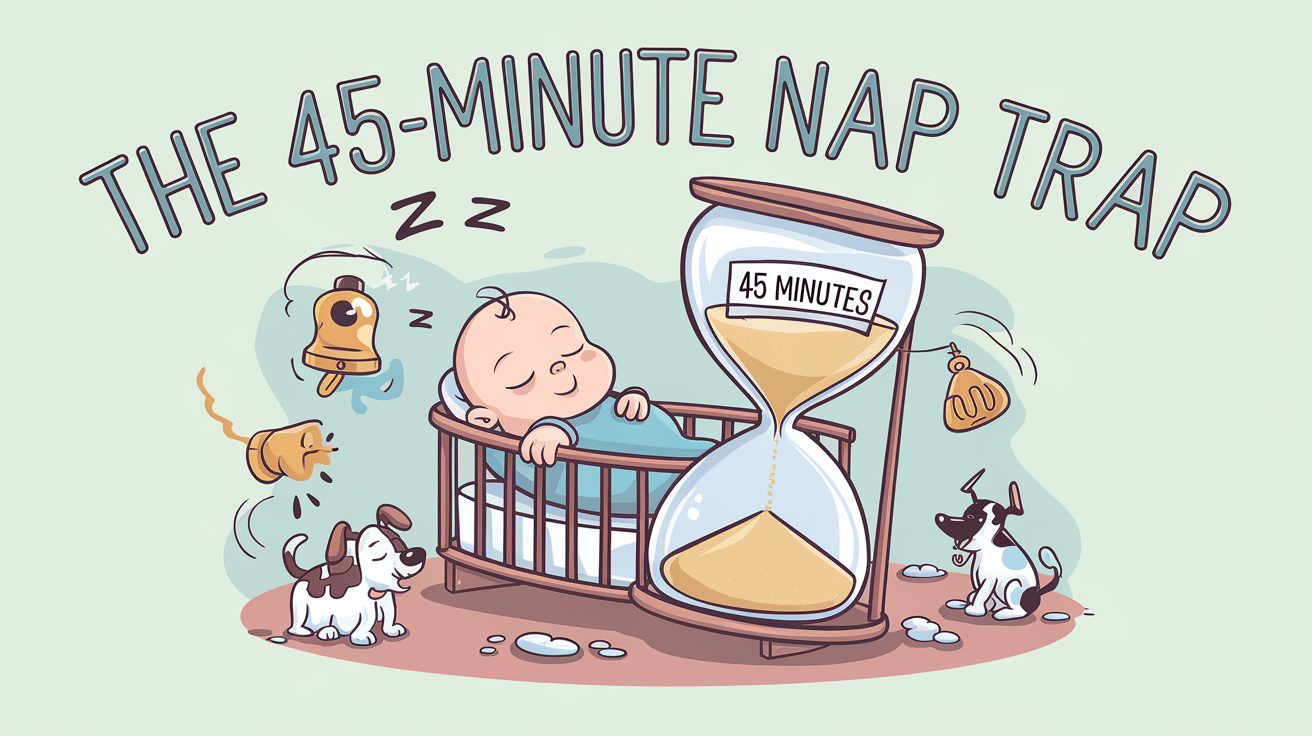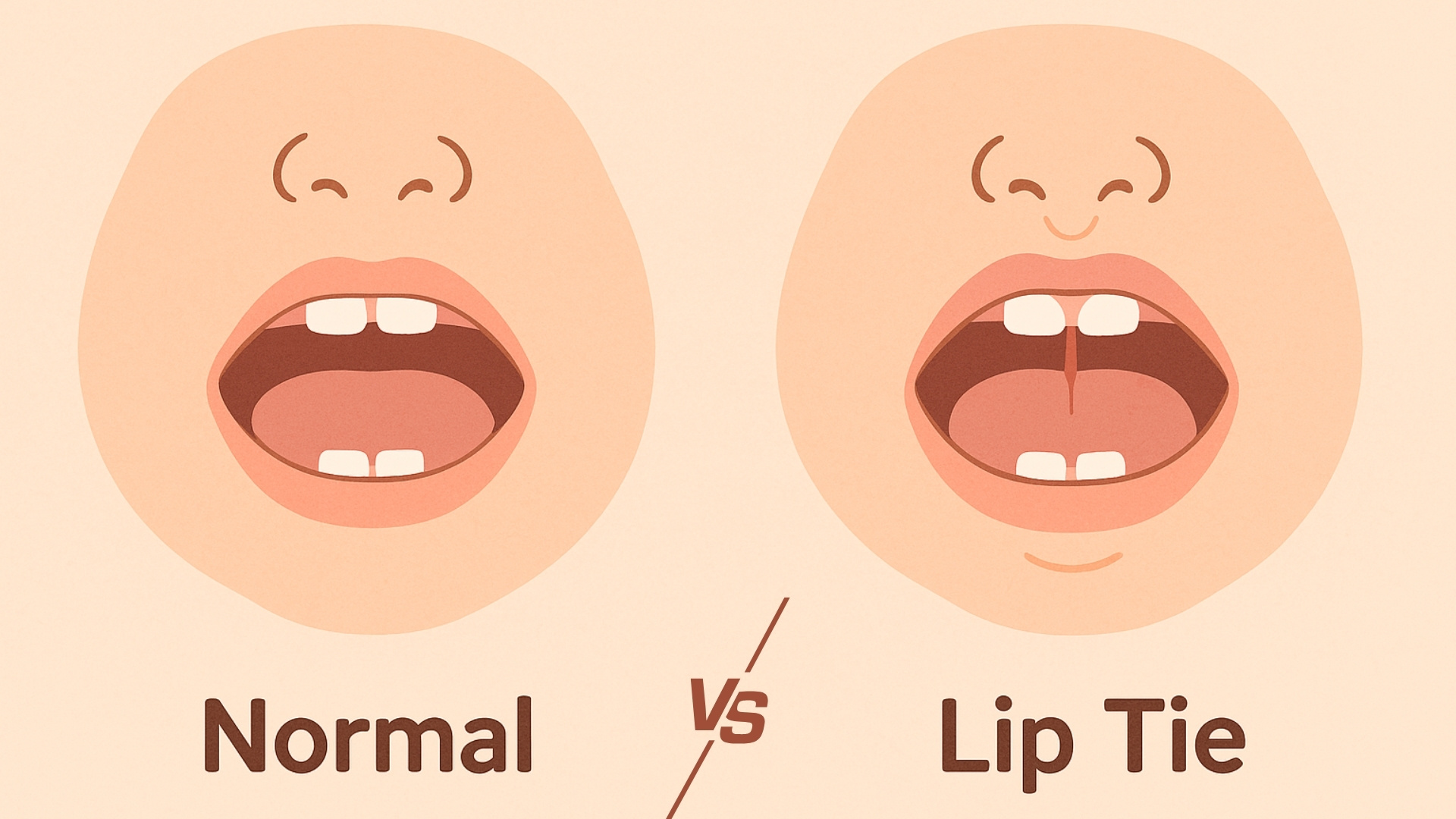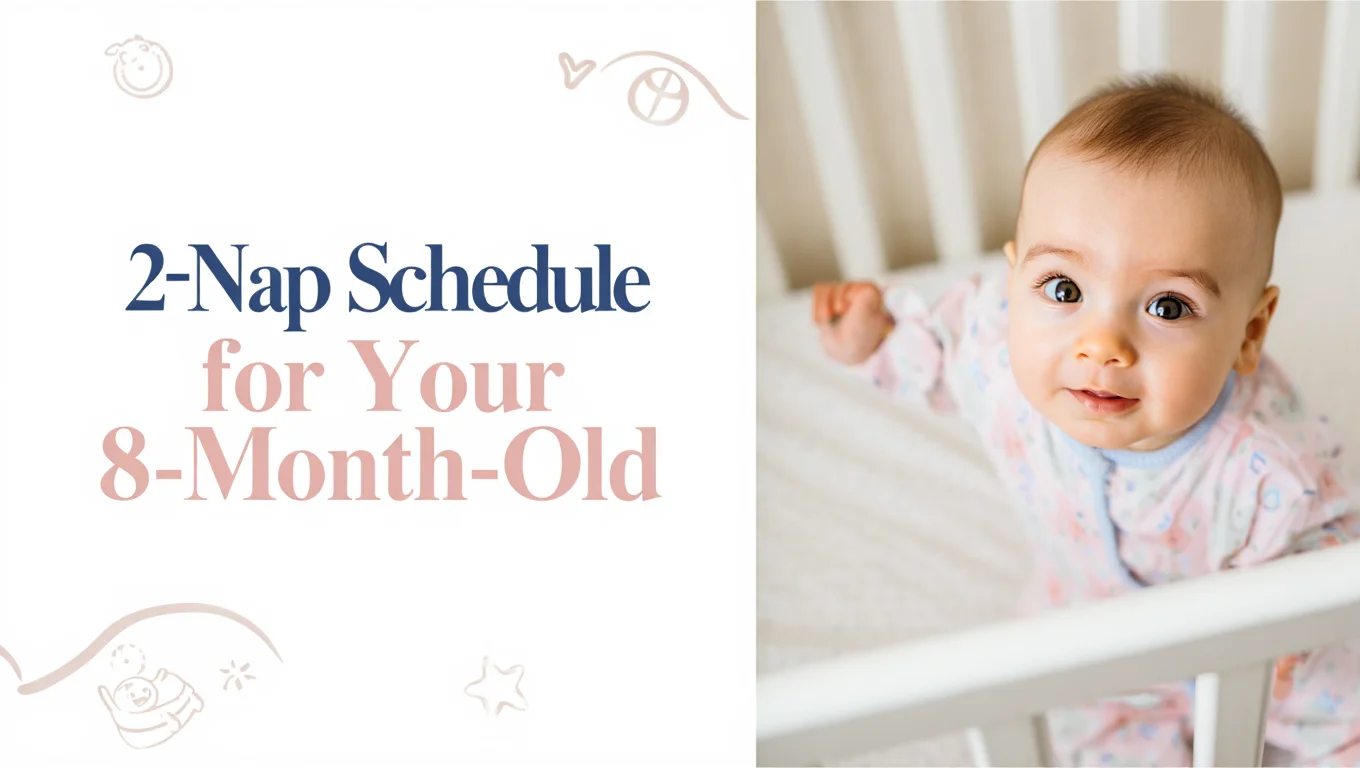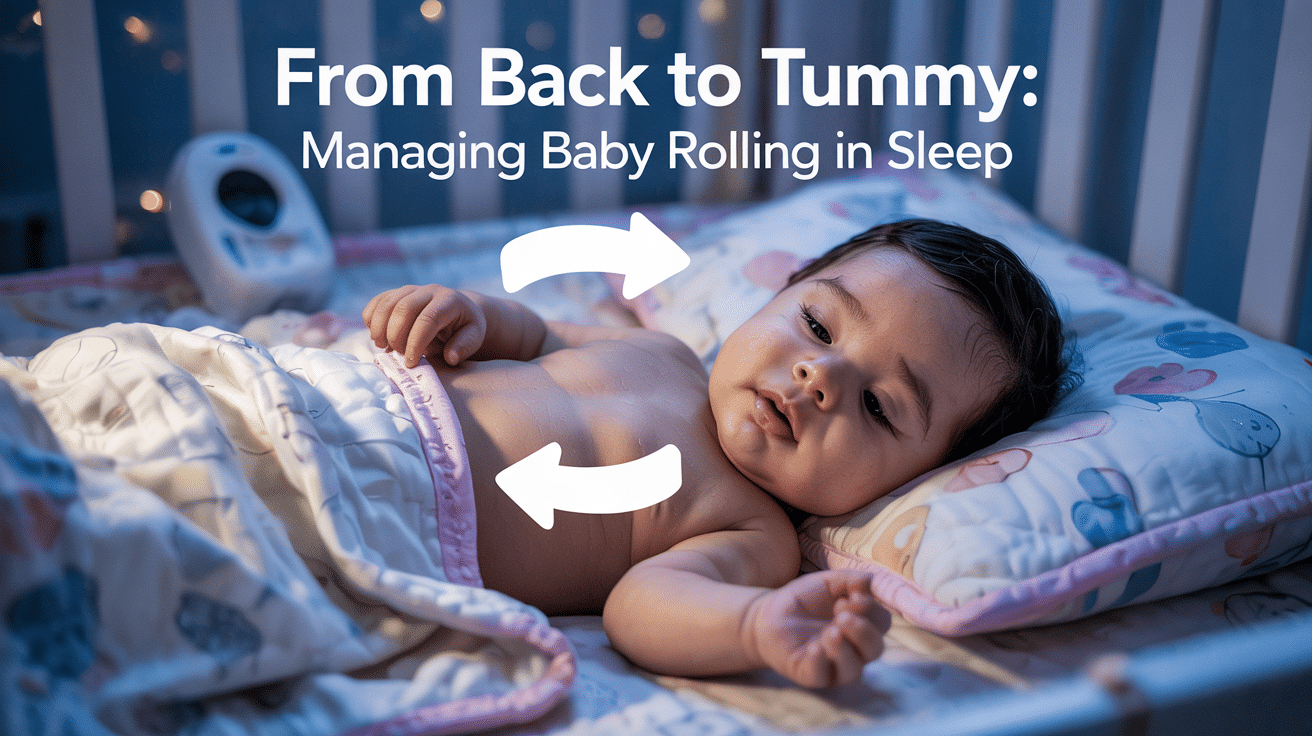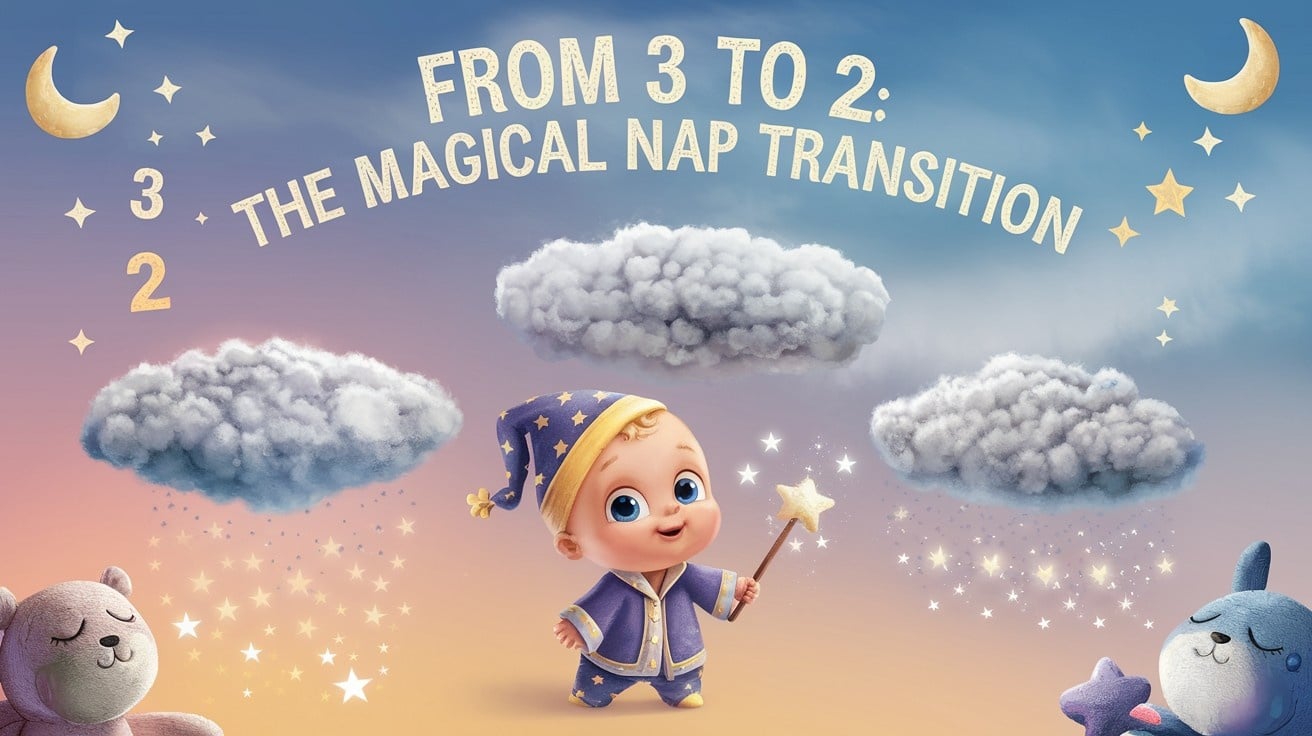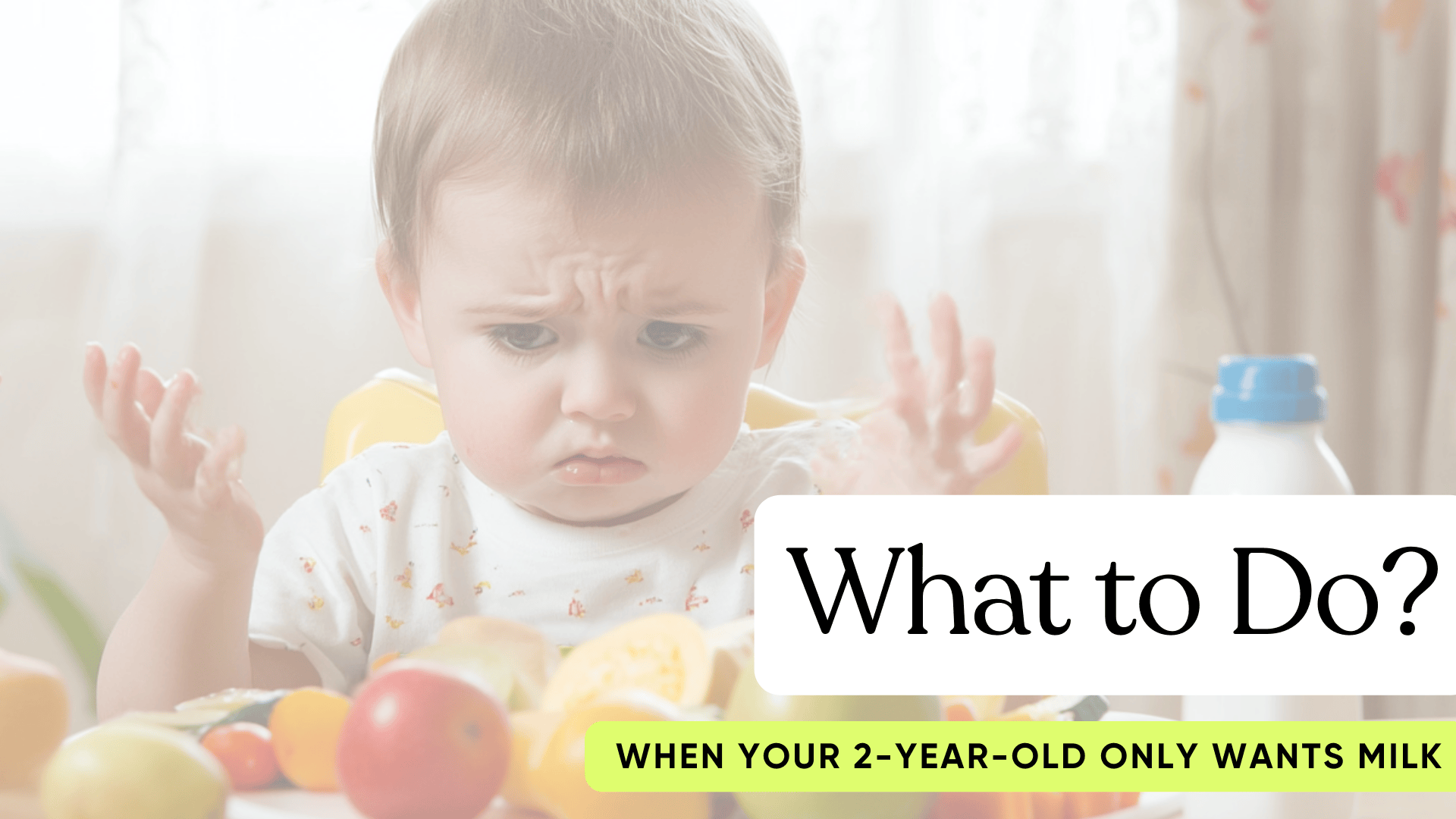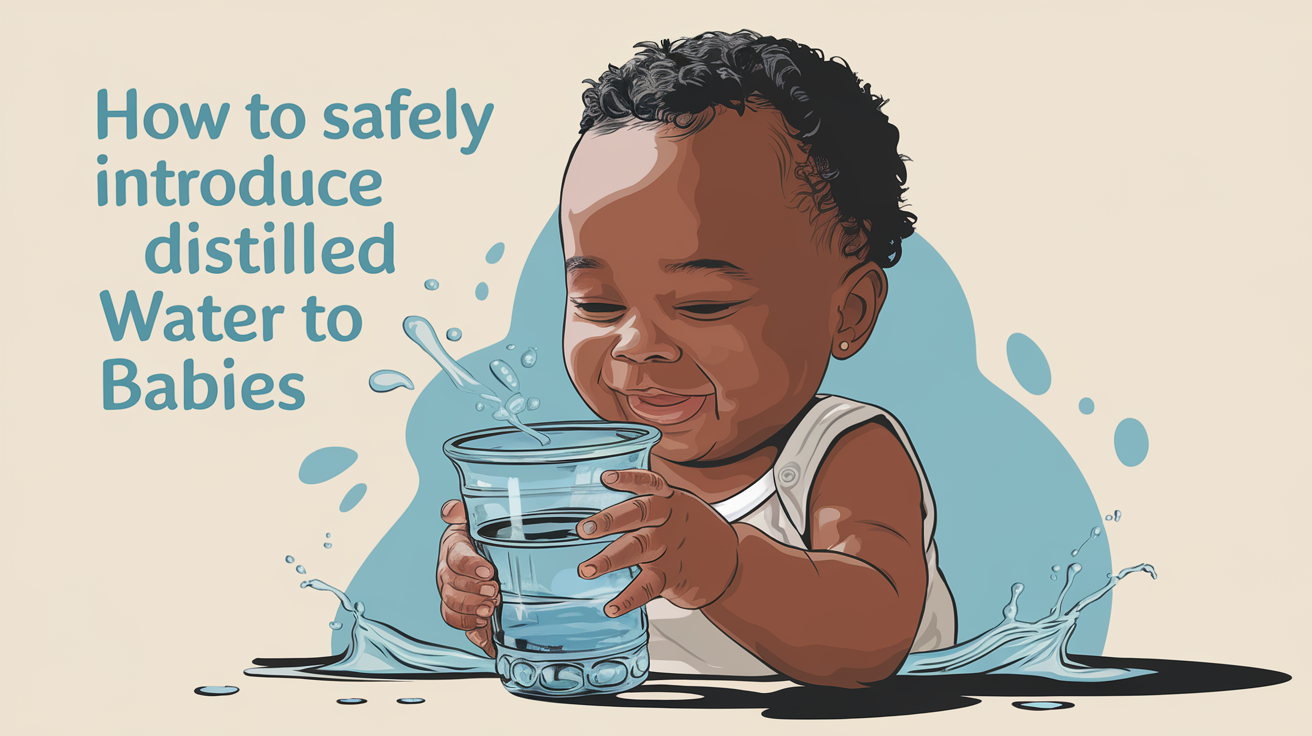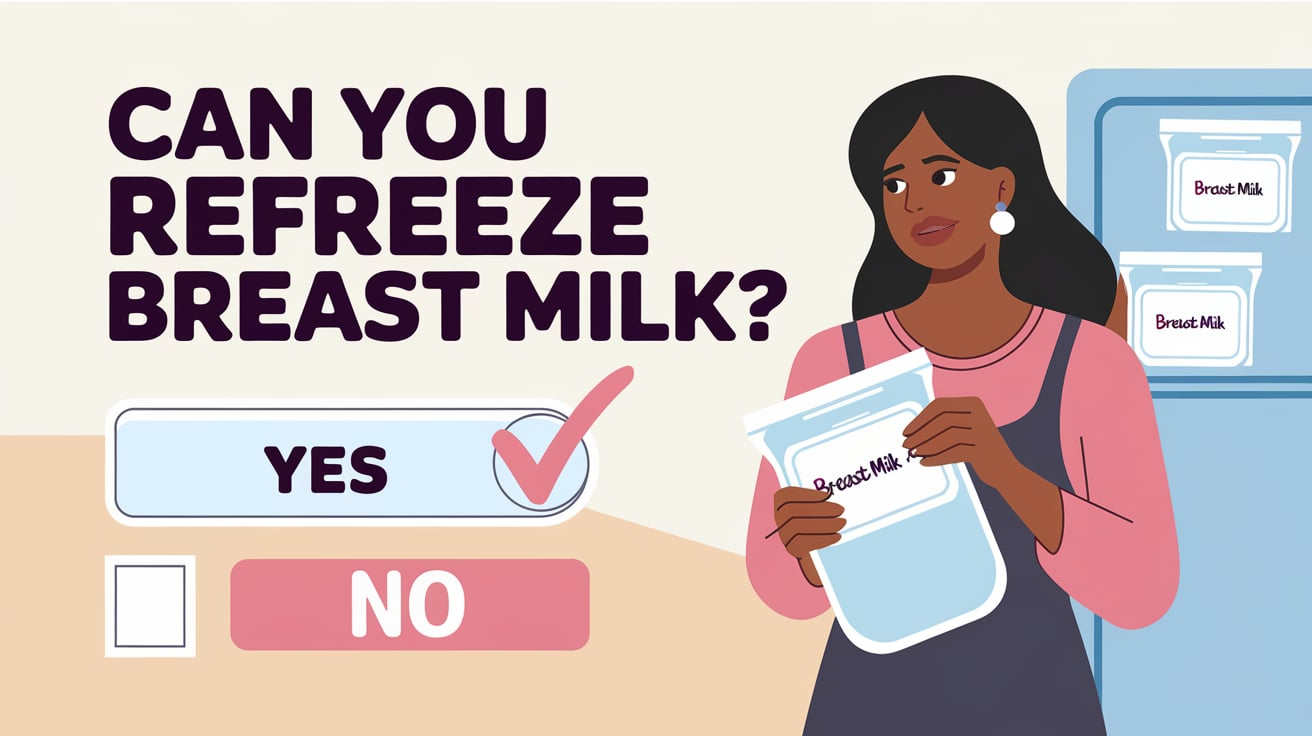
Breast milk is a special gift you give your baby. Many moms wonder if they can freeze their breast milk to save it for later.
The answer is yes! Freezing breast milk is a great way to store extra milk when you make more than your baby needs.
This helps moms who work, want others to feed their babies, or need a break. Knowing how to freeze breast milk correctly keeps it safe and full of good nutrients for your baby.
Frozen breast milk can last for months, giving you flexibility and peace of mind. In this guide, we’ll learn about freezing breast milk safely, how long it stays good, and the best ways to thaw it when your baby is ready to drink it.
Can You Refreeze Your Breast Milk?
No, you should not refreeze breast milk once it has been thawed. Thawing breaks down the milk’s protective qualities and can allow bacteria to grow. When milk thaws, its components separate, and the nutritional value can decrease.
After thawing, breast milk can be:
- Kept at room temperature for 1-2 hours
- Stored in the refrigerator for up to 24 hours
- Never refrozen
Signs of spoiled breast milk include a sour smell or odd color. To avoid waste, thaw small amounts as needed. Label containers with the date expressed and use the oldest milk first.
Remember that breast milk is a living fluid containing immune cells and good bacteria that help your baby stay healthy. Proper storage helps maintain these benefits.
When in doubt about stored milk, it’s safer to discard it than risk giving potentially spoiled milk to your baby.
What Happens to Breast Milk When It Is Thawed?
When breast milk thaws, several important changes happen, the milk’s components start to separate, with the fatty part rising to the top. This is normal, and you can gently swirl (not shake) the container to mix it back together.
Some of the milk’s special protective qualities break down during thawing. The living immune cells and certain antibodies that help fight germs become less effective.
Some of the vitamins and nutrients may also decrease slightly.
The biggest concern is bacterial growth. Fresh breast milk naturally fights bacteria, but this ability weakens after thawing. Bacteria can grow more easily in thawed milk, especially if left at room temperature for too long.
Despite these changes, thawed breast milk is still nutritious and beneficial for your baby. Just remember to use it within 24 hours if refrigerated or within 1-2 hours at room temperature to keep your baby safe.
Why Is It Unsafe to Refreeze Breast Milk?
Refreezing breast milk is unsafe for several important reasons. When milk thaws the first time, bacteria naturally present in the milk can start to multiply.
Freezing again won’t kill these bacteria – it just puts them “to sleep” until the next thaw, when they can grow even more.
The freezing and thawing process breaks down the milk’s structure. Important nutrients and protective elements that help your baby fight illness get damaged with each freeze-thaw cycle. Your baby might not get all the nutrition they need from repeatedly frozen milk.
Many mothers notice that thawed milk can taste and smell different. This is because the freezing process changes some milk enzymes. Refreezing worsens these changes, making milk babies refuse because it tastes soapy or sour.
To keep your baby safe and healthy, always use thawed breast milk within the recommended time and never refreeze it.
Best Practices for Breast Milk Storage
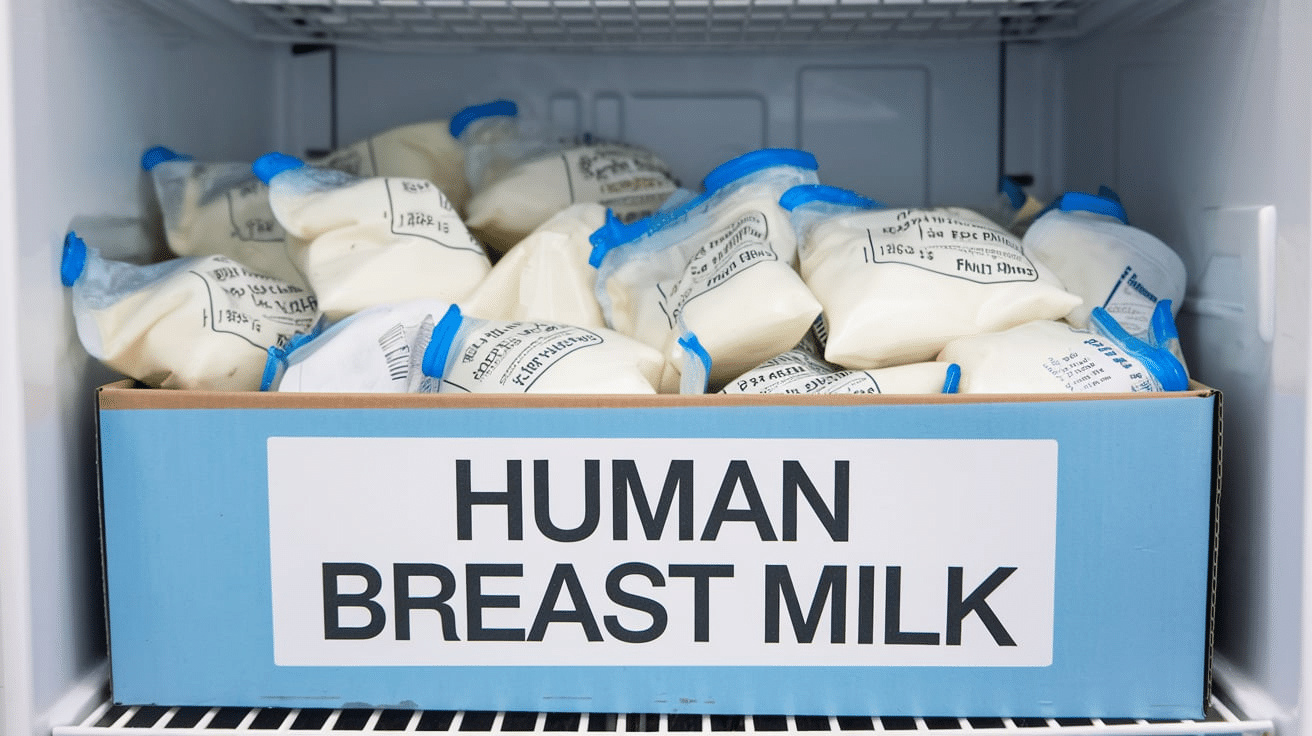
Store breast milk safely by using clean containers designed specifically for milk storage. Label each container with the date expressed.
When freezing:
- Use small portions (2-4 ounces) to reduce waste
- Leave space at the top as milk expands when frozen
- Store in the back of the freezer where the temperature is most consistent
- Use within 6 months for best quality
When thawing:
- Thaw in the refrigerator overnight
- Use warm water for faster thawing
- Never use a microwave or boiling water
- Gently swirl to mix separated milk
After thawing:
- Use within 24 hours if refrigerated
- Use within 1-2 hours at room temperature
- Never refreeze
Minimize waste by storing milk in small amounts and thawing only what you need for the next feeding. Consider using the oldest milk first to ensure nothing expires before use.
How to Store Breast Milk Properly?
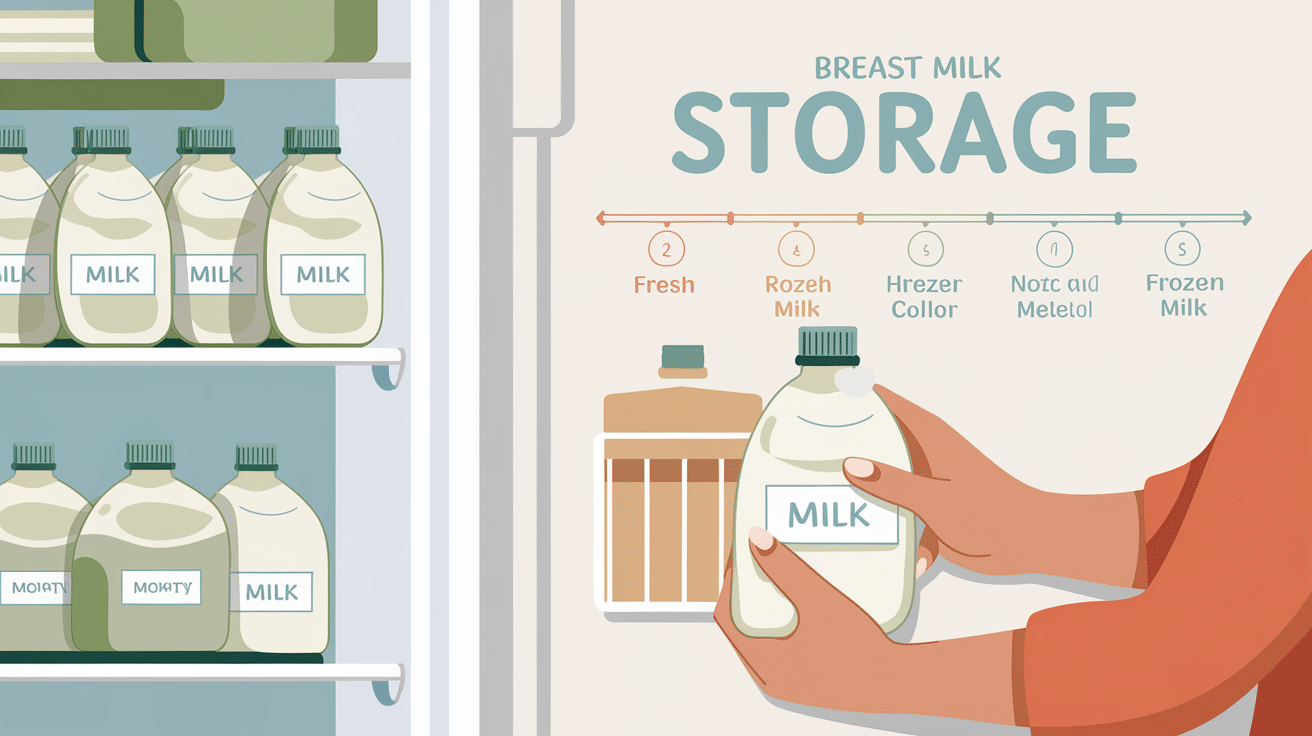
When storing your breast milk, choose containers that are specifically made for breast milk storage. These include special plastic bags for breast milk, glass bottles with tight-fitting lids, or BPA-free plastic containers. These options keep your milk safe and prevent leaking.
Always wash your hands before handling breast milk, and ensure all containers are clean. Leave a little space at the top of each container since milk expands when frozen.
Labeling is very important! Write the date you expressed the milk on each container. Many moms also add the amount (2 oz, 3 oz) to make planning easier. If your baby goes to daycare, include your name on the label.
Organize your stored milk by date, keeping older milk toward the front so you use it first. Some moms use plastic bins or special freezer organizers to keep everything neat and easy to find.
How Long Can Breast Milk Stay in the Freezer?
Breast milk can stay in the freezer for different amounts of time, depending on what type of freezer you have.
Breast milk stays good for up to 6 months in a regular freezer compartment inside your refrigerator.
In a deep freezer or stand-alone freezer that stays very cold, breast milk can last up to 12 months, though using it within 6 months is best for quality.
Store your milk in the back of the freezer for maximum freshness, where the temperature stays most consistent.
Avoid storing milk in the freezer door, as the temperature changes each time the door opens.
Fresh breast milk can stay at room temperature for 4 hours, in the refrigerator for up to 4 days, and then should be frozen if you won’t use it within that time. Always use the oldest milk first, and check that it smells normal before feeding your baby.
Tips on How to Thaw Breast Milk Safely
There are two safe ways to thaw frozen breast milk. The first method is to place the frozen milk in the refrigerator overnight. This slow thawing method is best when you can plan for tomorrow’s feedings.
If you need the milk sooner, use the warm water method. Place the frozen milk container in a bowl of warm (not hot) water or hold it under warm water. This thaws the milk quickly in about 20 minutes.
Never thaw breast milk in a microwave or boiling water. Microwaves create dangerous hot spots that can burn your baby’s mouth. Boiling water can destroy important nutrients and protective factors in the milk.
Once thawed, gently swirl the milk to mix any separated layers. Don’t shake vigorously, as this can damage milk proteins.
Remember that thawed milk must be used within 24 hours if kept refrigerated or within 2 hours at room temperature.
What to Do If You Thaw Too Much Breast Milk?
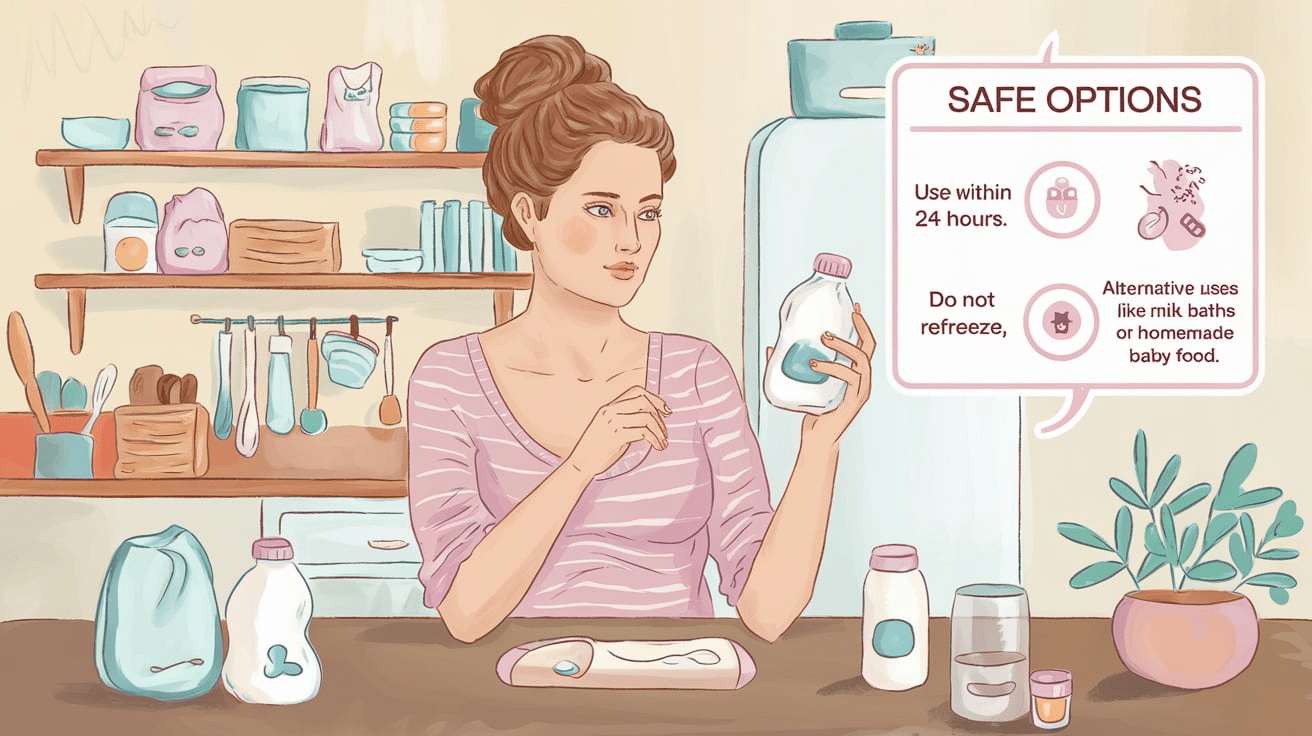
If you’ve thawed more breast milk than your baby needs, remember it can stay in the refrigerator for up to 24 hours. Try to use it for the next feeding before reaching for frozen milk.
When you know you won’t use all the thawed milk, consider these alternatives:
- Mix it into your baby’s cereal or puréed food (if they’ve started solids)
- Use it in a milk bath to soothe your baby’s skin conditions like eczema
- Apply it to minor skin irritations, diaper rash, or cradle cap
- Make breast milk popsicles for teething babies (if old enough)
- Donate excess milk to milk banks if it meets their guidelines
To avoid thawing too much in the future, store milk in small portions (1-2 ounces). This way, you can thaw just what you need and reduce waste. Using milk storage bags with clear measurements helps you track exactly how much you’re thawing.
Final Thoughts
Freezing breast milk helps you give your baby the best food even when you can’t be there. Remember the important rules: use clean containers, label with dates, store in small amounts, and never refreeze milk after thawing.
When you thaw milk, use it within 24 hours if in the fridge or 2 hours at room temperature. If you thaw too much, try using it for skin care or mix it with baby food instead of throwing it away.
Breast milk is precious, so handling it carefully keeps all its special benefits for your baby. With these simple steps, you can build a helpful supply of frozen milk that makes feeding your baby easier and less stressful.
Your hard work pumping won’t go to waste, and your baby gets the amazing benefits of your milk.


